The Ore Mountains run along the Saxon-Czech border. On a holiday in the Ore Mountains, the focus is especially on experiencing nature.
The Ore Mountains with their beautiful mountain landscape extend from the Elbe Sandstone Mountains over 125 kilometres to the Elster Mountains in the Vogtland. The low mountain range also lies on Czech territory and is called the Bohemian Ore Mountains there.
A holiday in the Ore Mountains is a time-out in a former mining area. From the 12th century, silver and tin were mined here. From the 17th century, the finds were exhausted and the once so rich region had to look for other sources of income. The handicrafts of the Erzgebirge are particularly well known. The Christmas decorations and toys made in the region are popular all over the world.
Today, the region of the Ore Mountains in Germany and the Czech Republic is listed on the UNESCO World Heritage List as the Montanregion Erzgebirge.
Holidays in the Ore Mountains – tips for a trip to the region

At the foot of the Fichtelberg in the Ore Mountains lies the town of Oberwiesenthal. At 915 metres above sea level, it is the highest town in Germany. In winter, it is a great place for winter sports, and in the snow-free season, hiking trails attract visitors.
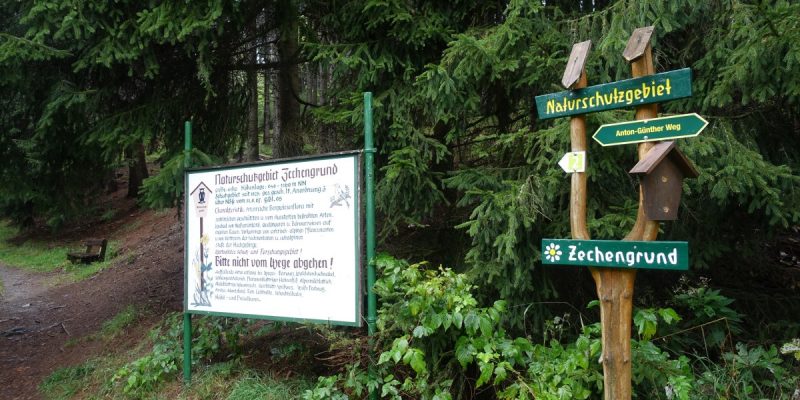
Oberwiesenthal lies directly on the border with the Czech Republic and the Zechengrund nature reserve forms a section of the direct border.
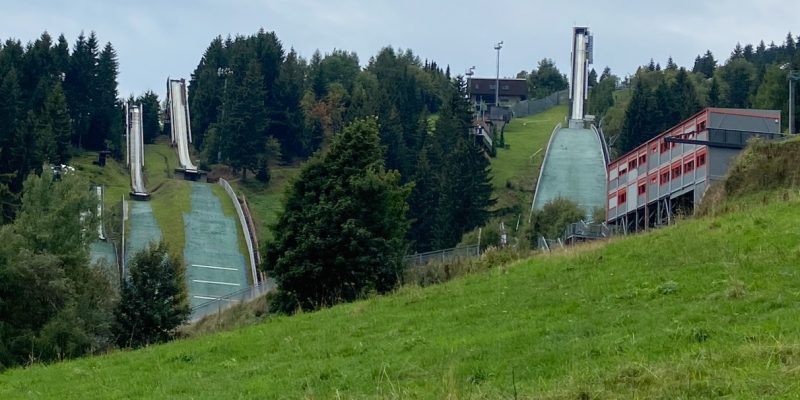
Oberwiesenthal is one of Germany's winter sports resorts, where top athletes hold their competitions and of course train. But what is it like in summer? Do the facilities of the Fichtelbergschanzen stand deserted in the terrain?
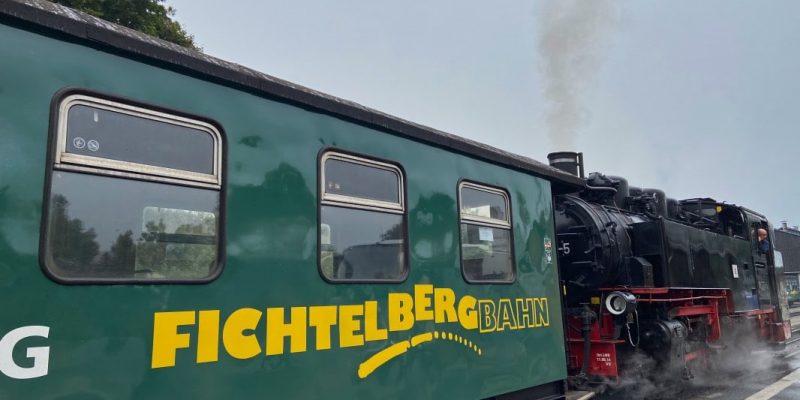
The Fichtelbergbahn is a narrow-gauge railway that runs from Cranzahl in Saxony to the highest town in Germany, the town of Oberwiesenthal. The route is just over 17 kilometres long and is one of the most popular excursion tips in the Ore Mountains.
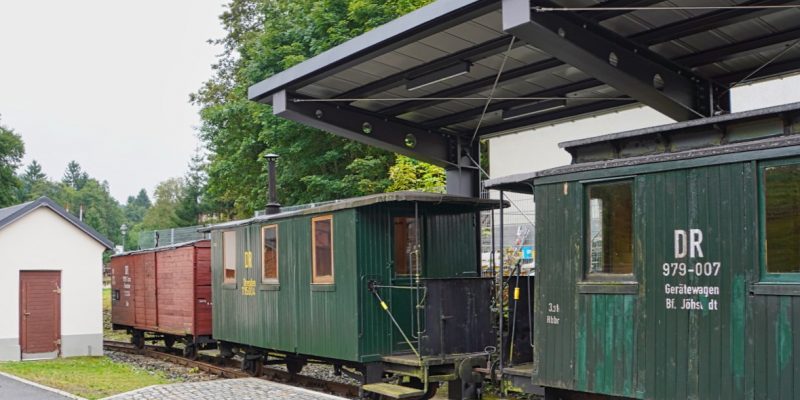
It always surprises me when we discover the most interesting and lovingly designed museums in the smallest places. The Saxon Narrow-Gauge Railway Museum in Rittersgrün is just such a discovery.
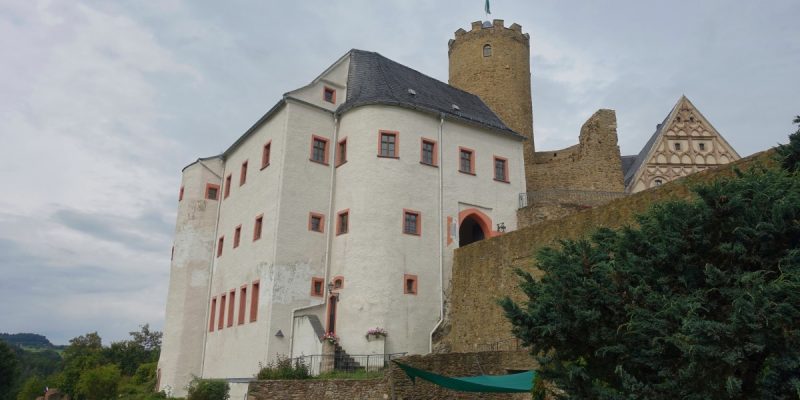
In the Ore Mountains about 5 kilometers from Zschopau, lies the small village of Scharfenstein. High above the valley on a mountain spur towers the castle Scharfenstein.
Travel information about the Ore Mountains
Arrival
By plane
The nearest airports are in Dresden, Leipzig or Prague.
By train
The large cities of Chemnitz and Freiberg are served hourly by regional express trains from Dresden and Hof.
By car
The A 4 and A 72 motorways run along the northern edge of the Ore Mountains.
On the way in …
By car
The A 4 and A 72 motorways run along the northern edge of the Ore Mountains. A number of federal roads lead into the mountains, depending on the topographical conditions.
Smaller towns can often only be reached via small but well-maintained roads.
By rail
Rail transport is often along the river valleys. It can happen that the railway station is quite far away from the actual town.
Local transport provides a connection to the larger towns in the foothills.
Within the Ore Mountains, for example, the Müglitztalbahn (Freital – Kipsdorf), Flöhatalbahn (Chemnitz-Obernhau), Zschopautalbahn (Flöha- Cranzahl), Fichtelbergbahn (Cranzahl – Oberwiesenthal), Zwönitztalbahn (Chemnitz – Aue) operate.
Climate
The Ore Mountains are significantly higher than the neighbouring areas. As usual in the mountains, it gets colder the higher you get.
Summers in the Ore Mountains are significantly shorter than in other regions, and at high altitudes frost can even occur as late as April.
Typical for the Ore Mountains is the amount of precipitation. The winds blowing mainly from the west and north bring the main mass of precipitation, which decreases from west to east. Most rain falls in summer (June-August). In winter there is often snow and skiing is possible.
Language
In the Erzgebirge, a very special dialect is spoken, the Erzgebirgisch (Aarzgebèèrgsch). Especially in the countryside, it can happen that you hardly understand a word when the locals are talking.
Not only do terms appear that cannot be assigned, but letters are also pronounced completely differently. For example, the ‘J’ is pronounced like a ‘G’ and the unstressed ‘e’ is omitted altogether.